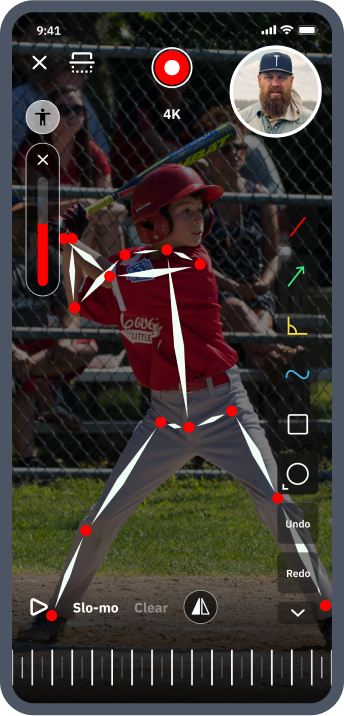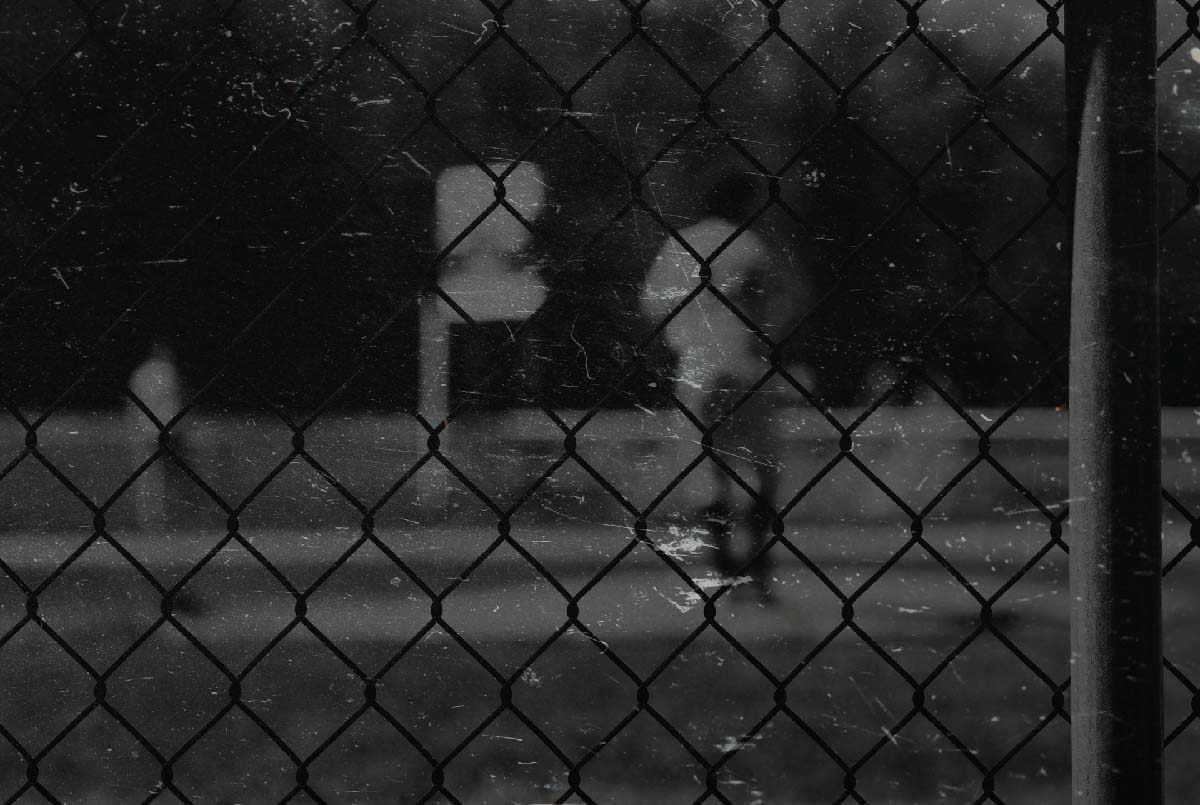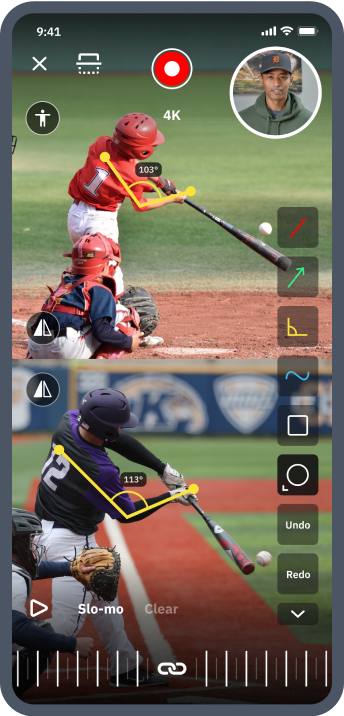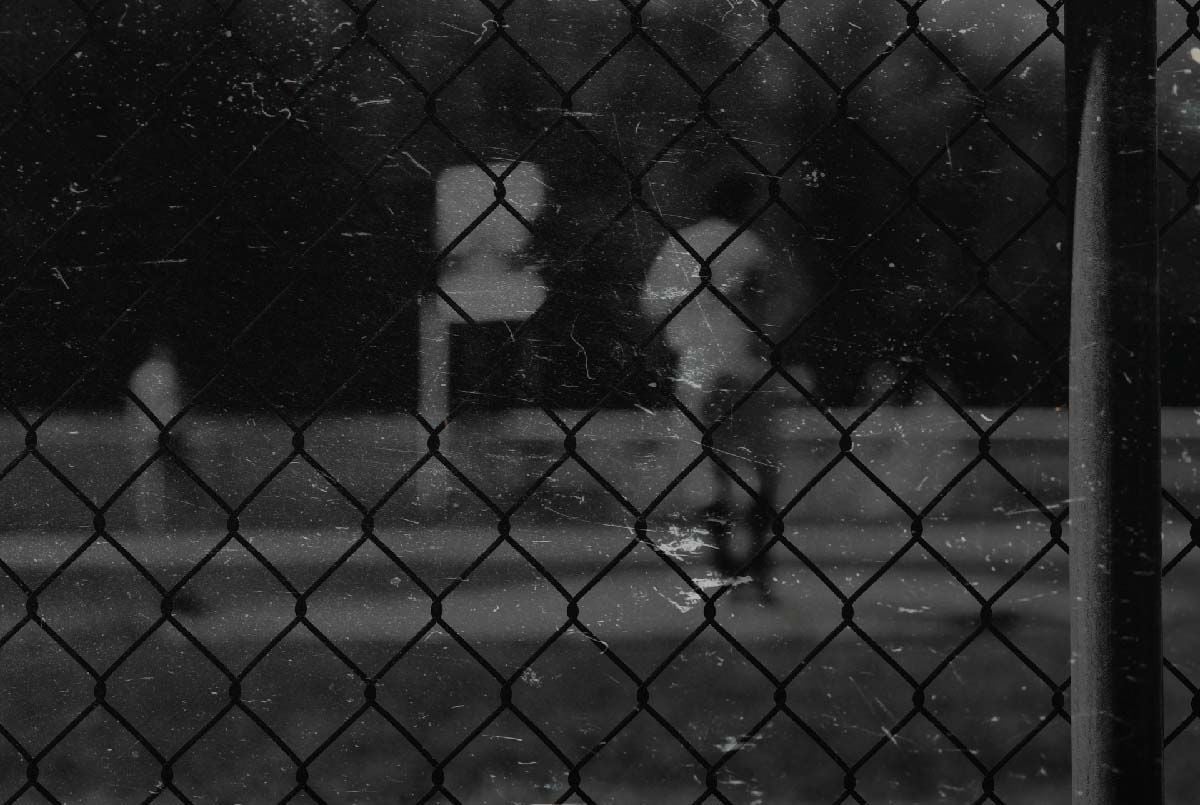What’s the Best Two Strike Approach for Baseball and Softball Hitters?

Many team coaches and private instructors teach their players what’s called a two-strike approach or two-strike hitting.
By approach, they mean strategies or tactics that batters can use to deal with 0-2, 1-2, 2-2, and sometimes 3-2 counts at the plate.
Conventional wisdom dictates that hitters should make physical and mental adjustments when they’re behind in the count.
While some strategies are common to most taught two-strike approaches, others are lesser-known.
Furthermore, since a few of these approaches have been widely taught and re-taught for generations, it’s worth reexamining if they’re actually effective or not.
Like many longstanding techniques and strategies in baseball and softball, experienced coaches and players often disagree on the best two-strike strategy.
As a parent or coach of young ballplayers, the conflicting advice of experts is just plain confusing.
This article is meant to help you parse facts from fiction. And we’ll also cover a few drills for honing your ballplayer’s two-strike approach.
Common Two Strike Strategies for Baseball and Softball Players
Below is a list of the most common strategies and tips taught to young hitters as part of a two-strike approach.
Some of these approaches have been taught since the game’s early days.
Aside from definitions, we also hope to lay out the landscape of current debate for you before giving our own recommendations a bit later.
Again, this list below is just meant to quickly familiarize you with what’s commonly taught and not recommend any particular method, yet.

1. Choking Up
One of the most common techniques for two-strike hitting is choking up on the bat.
Choking up is supposed to quicken your swing and give you more bat control. It’s one of the oldest pieces of advice on the list.
This additional control is meant to increase your chances of making contact, preventing you from striking out.
More recently though, it’s been proven that choking up decreases the overall power and velocity of your swing.
Some coaches are willing to sacrifice power to avoid a strikeout, but others argue at length that this thinking is flawed.
Unlock your ballplayer’s full potential
Find the perfect vetted coach to build a solid foundation or take your player's skills to new heights.
Download the free app

2. Spreading Your Feet
Widening your stance is also a common method taught to young players in a two-strike situation.
This stance is supposed to minimize movement, especially head movement, which increases your chances of making contact.
Like choking up, widening your stance is a two-strike strategy geared toward making more contact, not hitting for power.
While some coaches think it’s beneficial, others stress that you should never make substantial changes to your practiced swing just because you have two strikes.
3. Getting the Front Foot Down
This one’s pretty self-explanatory.
This tactic is meant to simplify and shorten a swing, allowing for better reactions to challenging pitches and locations – which are especially expected when the pitcher is ahead in the count.
Again, the effectiveness of this method is hotly debated by professional coaches.

4. Swinging Defensively
Many coaches still teach players to protect the plate at all costs when behind in the count.
This means that rather than using their usual pitch selection criteria, players are asked to widen out their strike zone.
The reasoning is that pitchers rarely throw a hitter’s pitch on 0-2, 1-2, and sometimes 2-2 counts anyway; therefore, it’s better to put the ball in play on a pitcher’s pitch outside the zone than to strike out looking.
And, as most hitters are not great “bad-ball hitters” who can consistently square up balls far outside the zone, any contact that does come from this approach is usually weak.
Many modern coaches prefer that hitters not expand their zone to protect the plate when behind in the count.
Their logic is if the pitcher throws an obvious ball, why swing?
Coaches of this mindset advise their players to exercise the same pitch selection on an 0-2 count as any other count.
5. Moving Closer to the Plate
Moving closer to the plate is another very old and frequent feature of two-strike hitting advice.
While some of the previous strategies are questionable to certain coaches, the majority of professionals do see the benefit of moving closer to the plate on an 0-2 count at least.
About 90 percent of high school and travel ball pitchers will throw outside when it’s 0-2. For college pitchers, it’s 80 percent. For pros, 70 percent.
Batters can afford to take their chances moving inward with those kinds of numbers.
By doing so, you position yourself better to hit that outside pitch that’s most likely coming next. And if the pitcher throws inside and makes a mistake, you’ll be beaned and given a free base.
6. Mental Adjustment
Stepping into the batter’s box means entering into mental warfare with a pitcher, so adjusting your mindset when losing the battle and behind in the count shouldn’t be much of a stretch.
As you know now, there are differing opinions on the physical techniques in a two-strike approach, but most coaches will agree that a batter should fortify their mindset when they have two strikes on them.
Some possible mental shifts batters can make include focusing on hitting the ball up the middle, seeing the ball for as long as possible, or mentally trying to put the ball on the barrel of the bat.
Players should, of course, just stick to one mental cue at a time, though.

Best Tips for Hitting Behind in the Count: Real Recommendations
Advice on how to hit with two strikes differs, but most everyone agrees that you should have some sort of strategy for this situation.
We’ve already tipped our hand a bit and given a stamp of approval on moving closer to the plate and shifting your mindset when behind in the count. These are both actually effective things worth trying.
Now here are a few more tips to supplement these approaches.
1. Never Change Your Mechanics
We alluded to this advice in the point about widening your stance, but it’s worth mentioning again here.
You should keep things the same unless you’ve practiced a “two-strike swing” as much as your usual swing – and that’s extremely unlikely.
Altering your swing mechanics in-game at the plate will make you uncomfortable and will not lead to better results.
Always stick with what your body knows best in real game situations, no matter how many strikes you have.

2. Stay True to Your Hitting Style
Staying true to your hitting style complements sticking to your mechanics.
If you’re normally a power hitter, don’t shorten up your swing so you can make contact with two strikes on you. Do what you know best and have trained for most.
Swing at pitches you know you can hit, not a ball that the pitcher wants you to chase.
Another way that coaches will phrase this advice is to stay within yourself.
3. Pay Attention to Your Posture
A final tip is minding your posture. This advice applies no matter what the count is.
Good hitting posture can help you be more efficient with your swings, generate more power, and make more consistent contact.
Again, don’t make profound changes just because you have two strikes.
Just know that if you have to lunge or reach for a pitch, then it’s not a strike, and it’s certainly not your pitch. And when you chase after pitches and abandon your posture, you’re not going to make hard, solid contact with the ball.

Two Strike Hitting Drills for Baseball and Softball
To work on your performance in two-strike situations, here are three drills you can practice.
Work Outside
Earlier, we mentioned how a pitcher getting up 0-2 usually means an outside pitch is coming even at the highest level.
This means that one of the best ways to work on a two-strike approach is to work on handling outside pitches more effectively.
One obvious way to practice this is by setting up the tee on the outside corner and improving your ability to drive that pitch. Check out this explanation on how to effectively hit the outside pitch.

Two Strike Situation
Nothing prepares you better for game situations than simulating the pressures of a game.
For this drill, take regular batting practice, but treat each and every swing as a 0-2 count.
Even if you don’t drastically change your stance and swing for two-strike hitting – and we recommend that you don’t – this drill helps you train your mindset for hitting behind in the count.
Coaches can raise the stakes on this drill whenever they like to turn up the pressure and more closely simulate negative consequences.
For example, you can give the ballplayer ten strikes and keep track of how many of these pitches would have resulted in an out. Then, you can have the ballplayer run pole to pole or do a set of ten pushups for each out they make.
Broomstick Wiffle Ball Hitting
This drill emphasizes pitch selection and making solid contact.
Instead of a bat, use a broomstick cut down to about 33 inches. And use golf ball-sized Wiffle balls.
The pitcher should stand about 15 feet away from the batter to toss the Wiffle balls. You can even place cones at 10 feet, 15 feet, and 25-30 feet so the player can gauge how far they’re hitting.
Most batters will struggle with this drill at first, but it will get easier the more they do it.
Hitters have to learn crucial two-strike strategies to master this drill: pitch selectivity and making solid contact.
Once your athlete can square up the whiffle balls consistently, you can put the two-strike on every pitch mentality modifier into these broomstick reps as well.

Final Thoughts on Two Strike Hitting
As you’ve now learned, many coaches have started questioning the more traditional features of two-strike hitting, like choking up and widening your stance.
These ideas go back to some of the earliest and most-read manuals on baseball hitting, which is part of the reason that they have survived so long in both baseball and softball.
But insights from modern biomechanics and statistical analysis have changed how many of the top coaches and hitting consultants approach two-strike hitting.
This article is just another comment bubble in this ongoing dialogue thread within our games.
But hopefully, it helped make you confident enough to follow the thread and one day enter this great debate.
Unlock your ballplayer’s full potential
Find the perfect vetted coach to build a solid foundation or take your player's skills to new heights.
Download the free app

About the Authors
Courtney Withrow
Professional Writer
Originally from the U.S., Courtney is a Brussels-based freelance writer with a Master’s degree in International Relations. She grew up playing softball and still loves the game.

